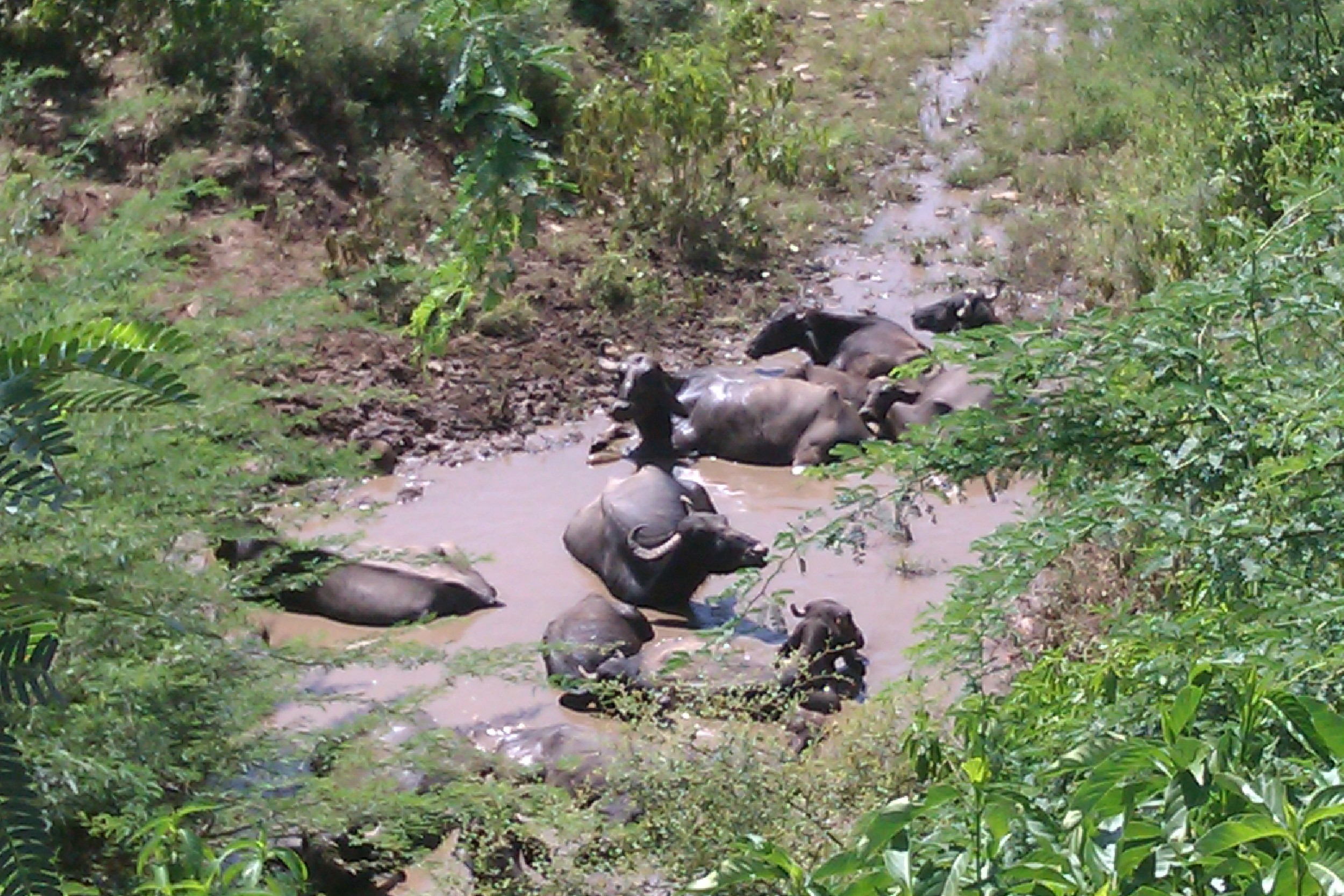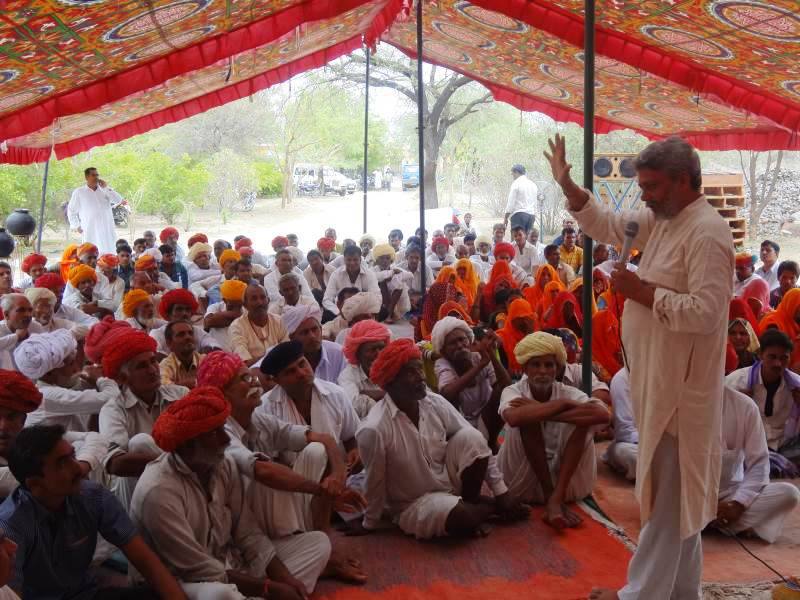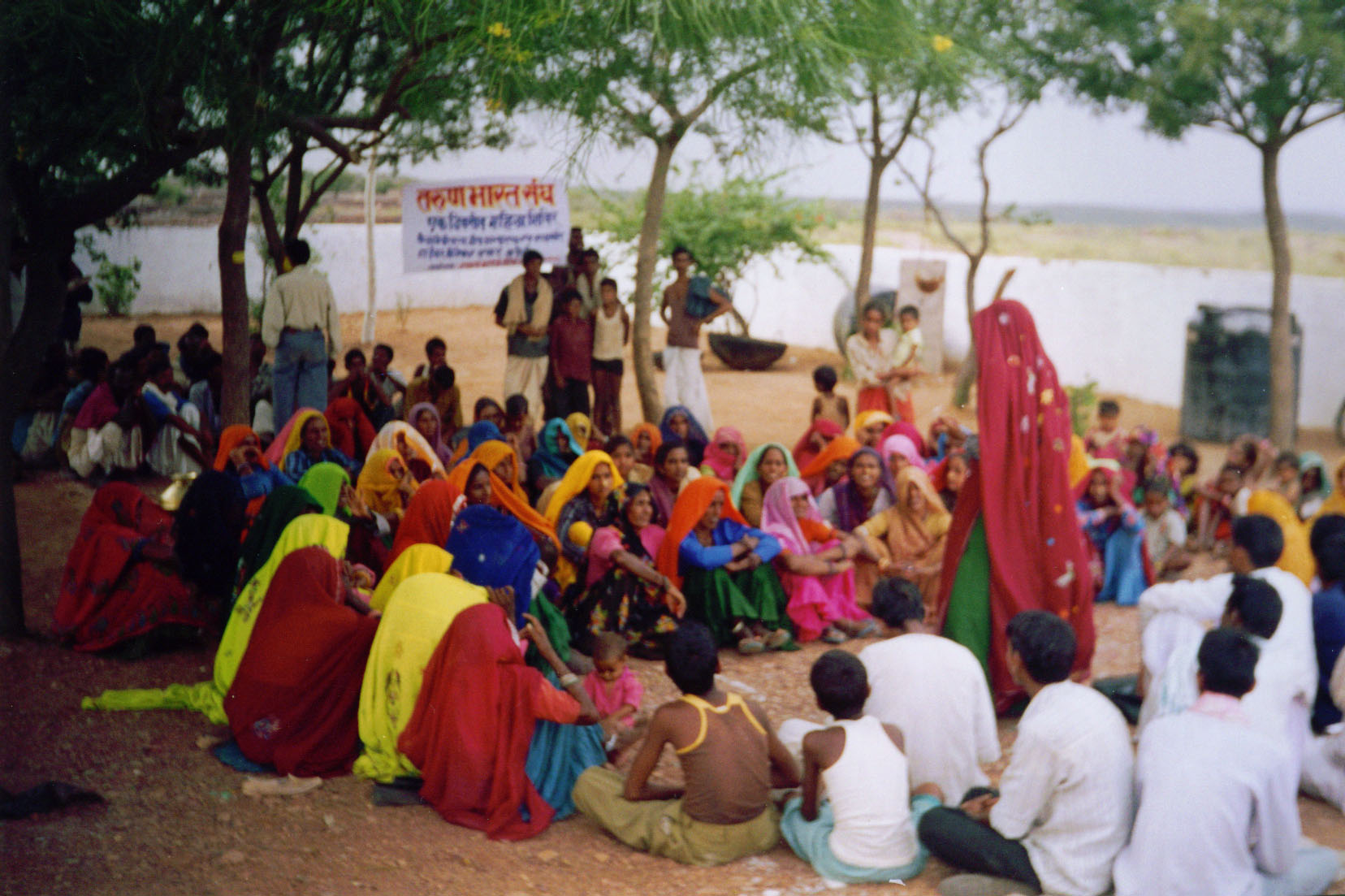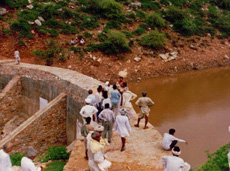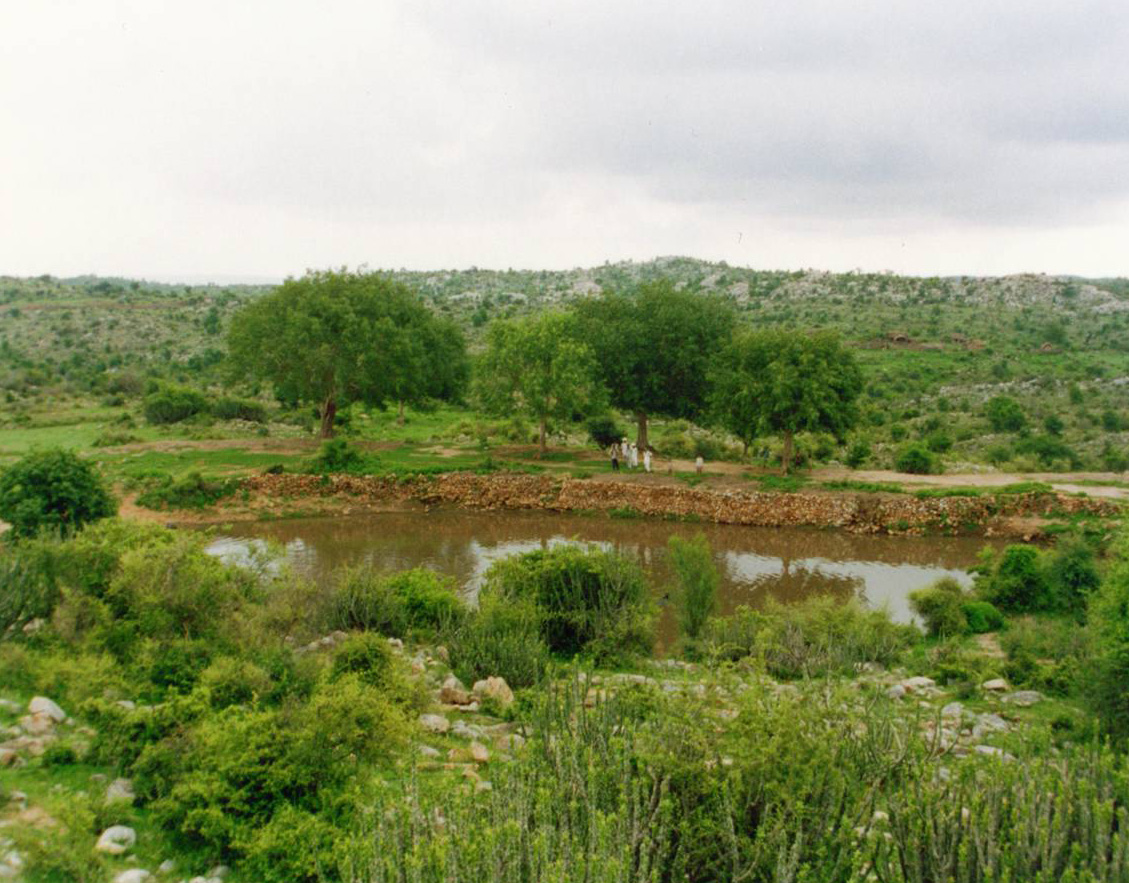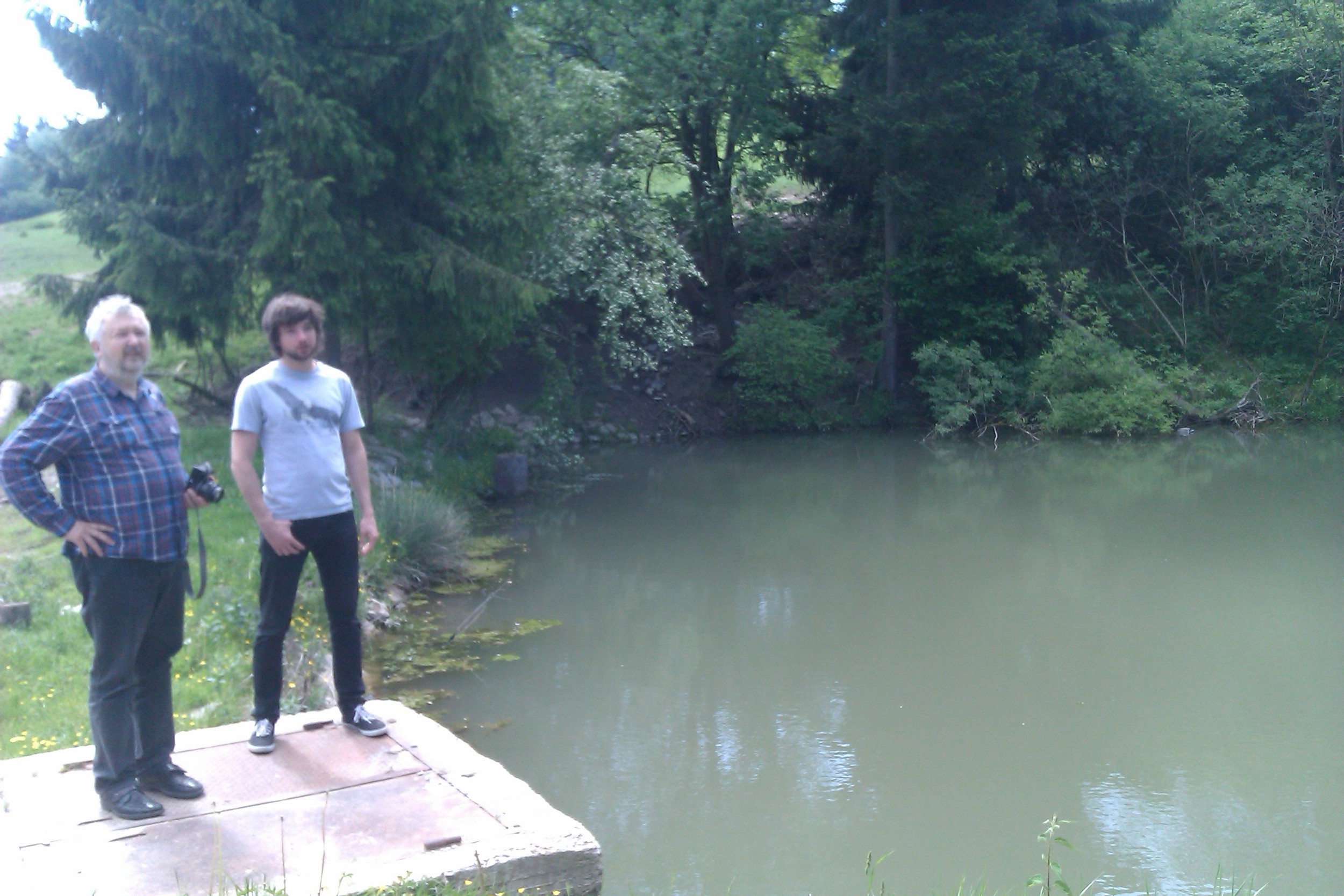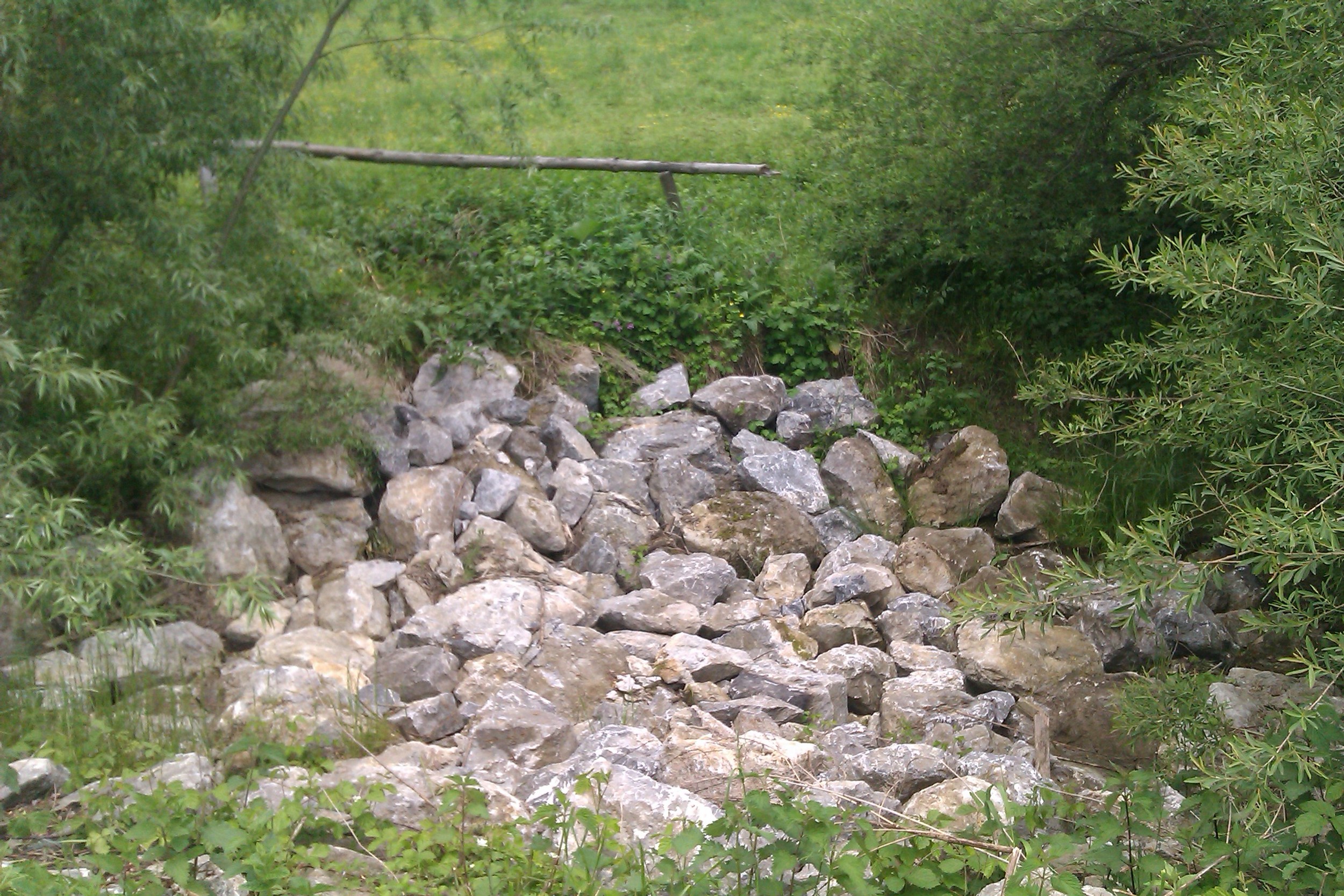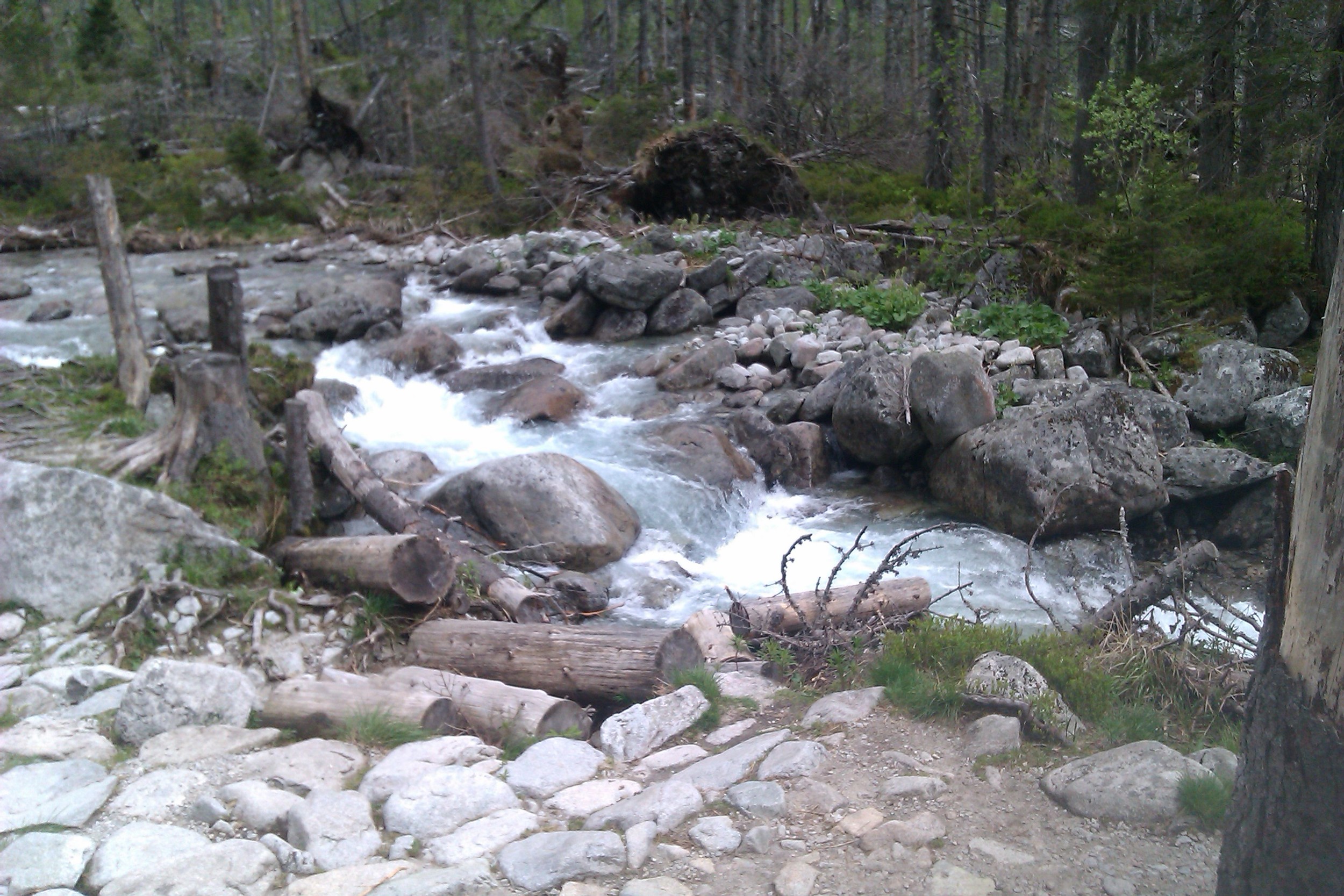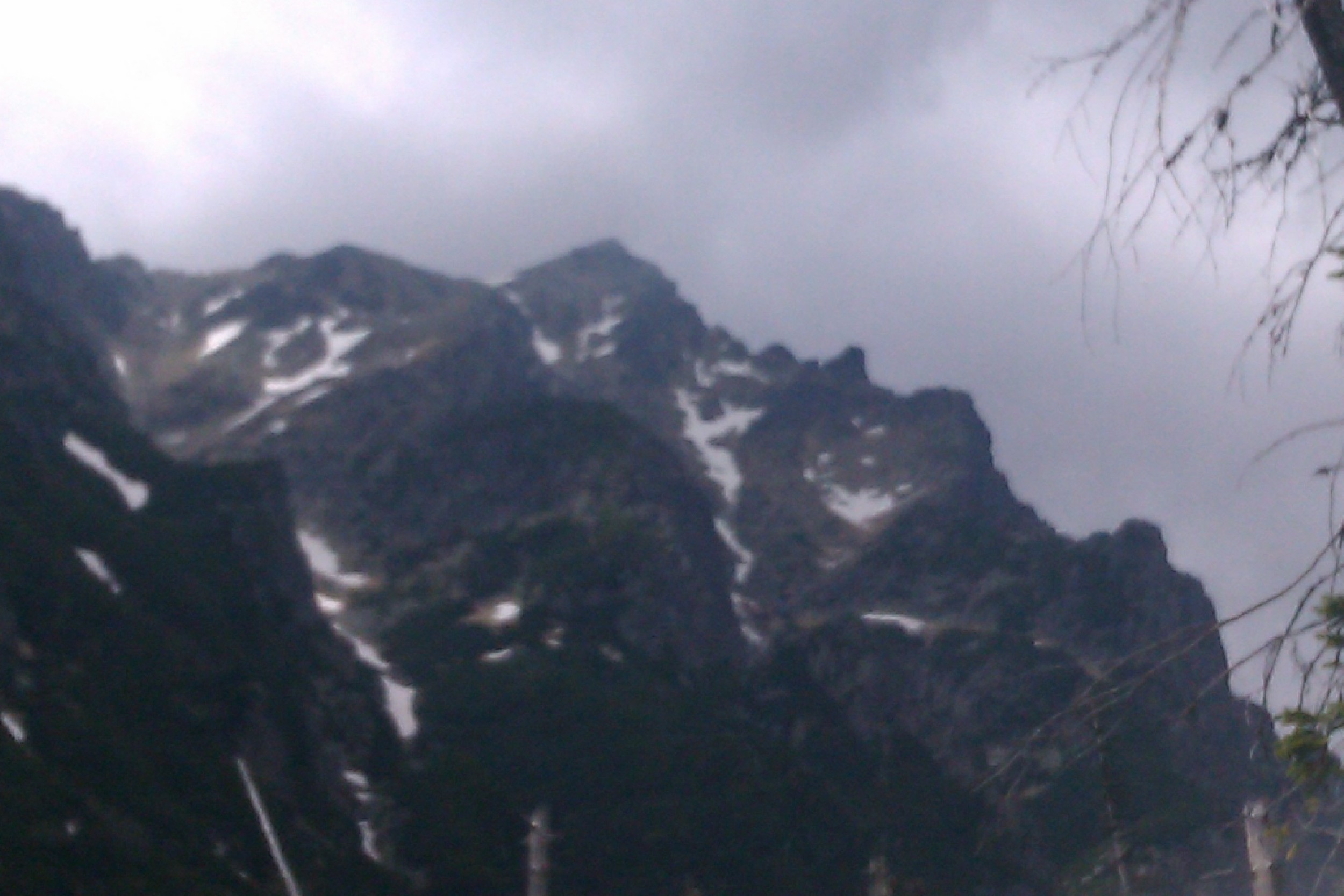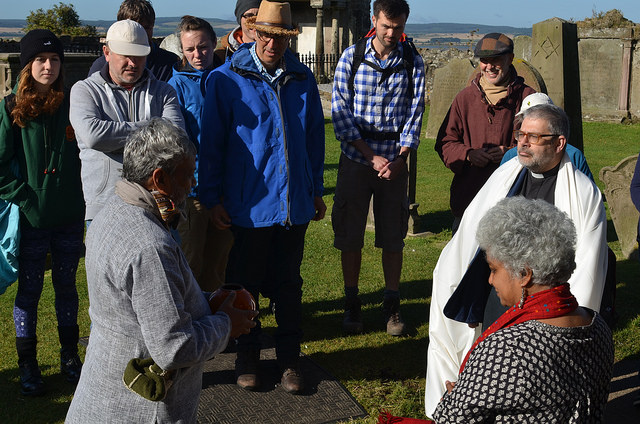


The Flow Partnership
Rejuvenating desertified and flooded lands with community collaboration
The Flow Partnership
Rejuvenating desertified and flooded lands with community collaboration
Translate this page:
CATCHMENT RESTORATION
through AWARENESS, LITERACY, FINANCE, ACTION
The Flow Partnership, a UK based NGO, works with partners to rejuvenate landscapes and counter the increasing threat of floods, droughts, soil erosion, habitat loss at their source.
We provide a crucial link between communities, government, business, scientists and landowners, empowering local communities to implement simple, low-cost landscape measures as part of an informed, holistic, catchment-based strategy.
We empower communities to build Natural Catchment Measures (NCM) (also called Natural Infrastructure) which serve to slow the surface run off, allowing it to filter and store, minimising erosion, recharging aquifers, regulating localised weather patterns and creating wildlife habitat.
This holistic, multi-benefit approach has been proven by our partner organisations in India, Slovakia and the UK, to revive rivers in desert areas and stop the build up of floodwaters before they reach our homes.
The Flow Partnership is building a global network of communities, people and projects who use holistic approaches to water management to influence real, demonstrable improvements for their communities and landscapes.
WHAT WE DO
We design and implement whole catchment projects in collaboration with international experts and local communities and local implementation partners in different countries across the world. Find out more about what we do.
The Language of Water describes community water work around the world
All royalties go to the projects.

Floods and Droughts
Two Sides of the Same Coin
Floods and Droughts
Two Sides of the Same Coin
A satellite photo showing the irreversible loss of topsoil following the flooding of 2014.
A Flow Intervention Structure holds back flood water, allowing it to soak in. UK.
Simple changes to land management practices like not removing fallen trees from rivers can have dramatic effects to water flow downstream. Belford, UK.
A "Johad" allows monsoon rains to soak into the ground, replenishing the aquifer, allowing previously parched rivers to flow again. Rajasthan, India.
The Small Water Cycle
Agricultural drainage and land management techniques play a key role in whether a given catchment area experiences a flood or a drought over successive years. A high volume of water runoff traveling fast across the land results in flooding downstream, taking the valuable top soil with it. What's more, the water does not have time to soak into the soil, leaving the aquifer unreplenished, leading to future droughts. The cumulative effect is that the "Small Water Cycle" is disrupted, where stable, localised weather patterns give way to more unpredictable, more extreme large scale weather conditions.
Click here to read "A New Water Paradigm" for more information about this subject
Natural Water Solutions:
Slowing the Flow
Flow Intervention Structures strategically placed within the catchment basin simply slow the flow allowing the excess rainwater to soak into the ground. This minimises the volume of water traveling downstream before it reaches settlements, averting the risk of flooding and the need for expensive hard engineering works. What's more, slow flowing water is far less erosive, keeping the farmers' greatest asset on their land, minimising nutrient/pesticide runoff into rivers, whilst simultaneously replenishing the aquifer, averting droughts and restoring the Small Water Cycle overall. Additionally, the structures themselves can create much needed transient and permanent habitat for our endangered wildlife.
At their core, Natural Water Solutions are Multi-benefit; understanding and working with the system as a whole, dealing with issues at their source rather than merely fixing symptoms.
Click here to see successful case studies of projects by our partners in India, the UK and Slovakia



